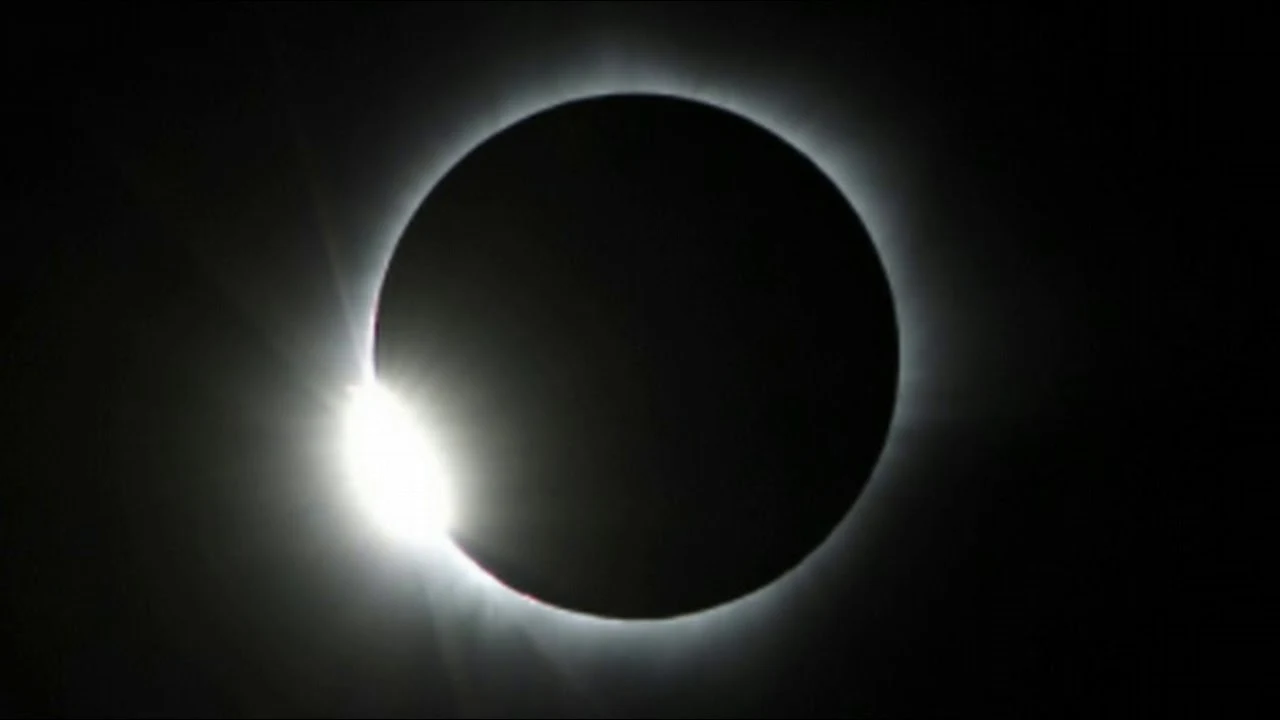A total solar eclipse will sweep across Antarctica on Saturday; other parts of the Southern Hemisphere will experience a partial eclipse—...
 |
| A total solar eclipse will sweep across Antarctica on Saturday; other parts of the Southern Hemisphere will experience a partial eclipse—if there’s a clear view of the horizon / NASA. |
But even then, the partial eclipse will occur before, during and after a sunrise or sunset in those places, making visibility difficult. Viewers need a clear view of the horizon to catch sight of the eclipse. For the rest of Earth’s population, there’s at least one other way to view the second solar eclipse of the year: NASA’s live stream of the event from the Union Glacier in Antarctica. The stream, available on nasa.gov/live and NASA’s YouTube channel, starts at 1:30 a.m. EST, with totality beginning at 2:44 a.m. EST.
An earlier solar eclipse—a “ring of fire” on June 10—was visible from the northeastern U.S., as well as parts of Canada, Greenland, Europe and Asia. Those in northern Canada, Greenland and Siberia were in the path of the eclipse’s zone of annularity, where the moon at its peak almost fully blocks the sun. The effect causes “ring of fire appearance” to form around the edges of the moon as it obscures the central portion of the sun.
In Saturday’s total eclipse in Antarctica, by contrast, the moon will darken all of the sun. That is because the moon is closer to Earth and appears large enough to block the sun. Annular solar eclipses occur when the moon is at or near the most distant point in its elliptical orbit.
“The sky becomes very dark, as if it were dawn or dusk,” NASA said of the total eclipse. “Weather permitting, people in the path of a total solar eclipse can see the Sun’s corona, the outer atmosphere, which is otherwise usually obscured by the bright face of the Sun.”
Around 4,400 people live in Antarctica—the Earth’s coldest and southernmost continent—during its summer months, according to the CIA World Factbook. Residents work primarily on, or in support of, scientific research or environmental protection. A number of countries have research stations there, including the U.S. The McMurdo Station, run by the U.S. Antarctic Program, is the largest community on the continent. The region is also home to a number of different types of penguins, seals and whales.
Ms. Nelson said that if she and colleagues wear the right gear, they will be able to be outside during the event. The forecast for Saturday, however, is expected to be cloudy. “So we may just have to imagine it just like everyone else,” she said.
The most recent total solar eclipse occurred in December 2020, and was witnessed by people in Argentina and Chile. The next solar eclipse that will be viewable from North America is a “ring of fire” eclipse in October 2023. Six months later, in April 2024, a total solar eclipse will cross the continent, according to NASA.
If you happen to be in the eclipse’s path this Saturday, it is important to view the celestial event with the proper eyewear. Viewing the eclipse with just your eyes can lead to eclipse blindness, and possibly even severely damage your retina. NASA, the American Astronomical Society and Federal Trade Commission have issued warnings and guidelines to ensure that amateur astronomers use safe eclipse glasses, and avoid counterfeit versions.
Those without specialty eyewear can safely watch using DIY equipment to project the eclipse’s image onto another surface. Online viewers, just bring the popcorn. “It’s such a happy coincidence to be here in Antarctica when this is happening,” said Keri Nelson, an administrator at Palmer Station, a U.S. research station on Anvers Island. “It’s a reminder that sometimes, everything aligns. You don’t always plan the beautiful moments in your life, you just have to keep your eyes open, and pay attention when you get to be around them.”







